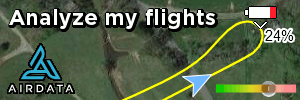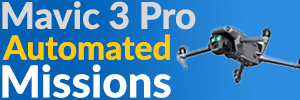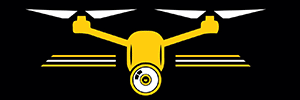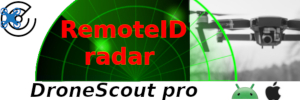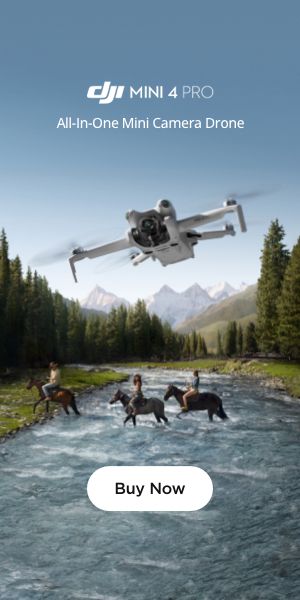I recently upgraded from my Mavic 3 pro to the Mavic 4 Pro.
One of the main reasons was to have finally D Log on all 3 lenses. This would mean so much easier grading all 3 lenses in post.
It seems however that D LOG M (with Auto ISO) is superior to regular D LOG in terms of Dynamic Range, testing have been done by Gerald Undone, its even better then the new ProRES competitor ALL I. I was really surprised by all this.
One of the main reasons was to have finally D Log on all 3 lenses. This would mean so much easier grading all 3 lenses in post.
It seems however that D LOG M (with Auto ISO) is superior to regular D LOG in terms of Dynamic Range, testing have been done by Gerald Undone, its even better then the new ProRES competitor ALL I. I was really surprised by all this.



